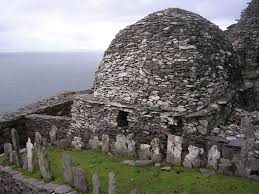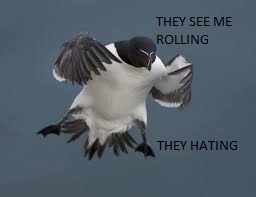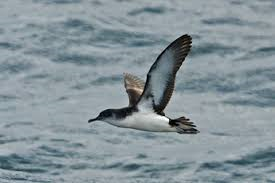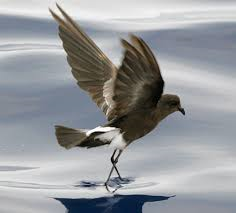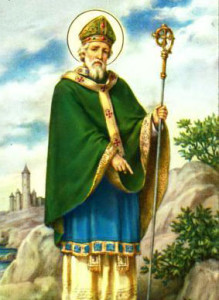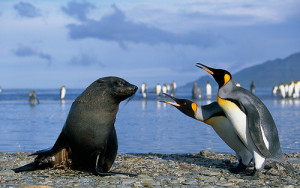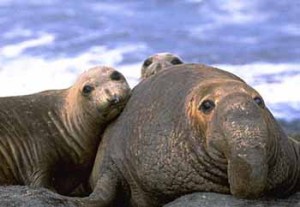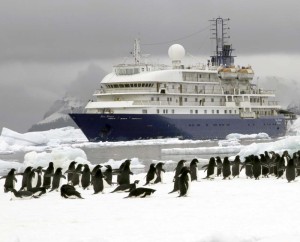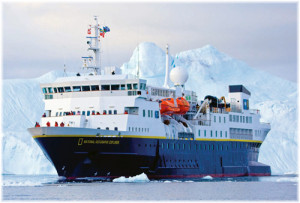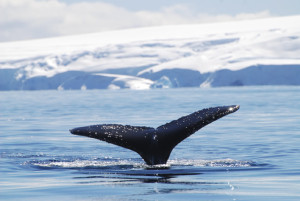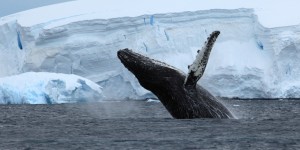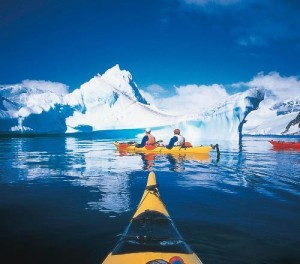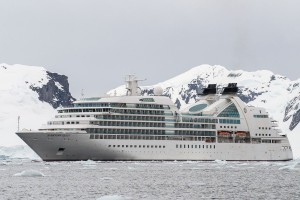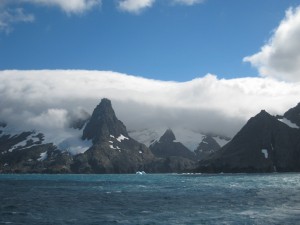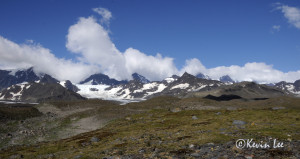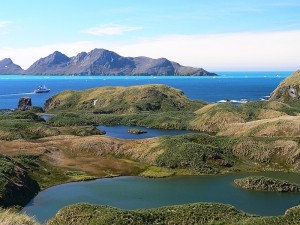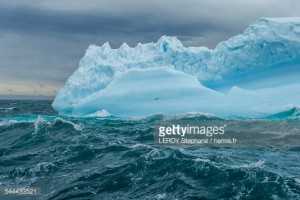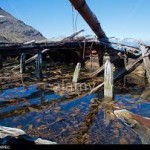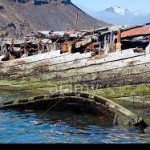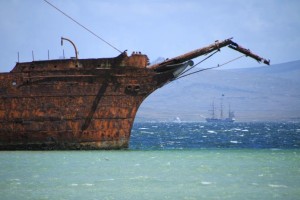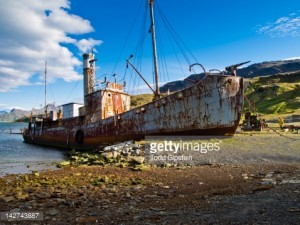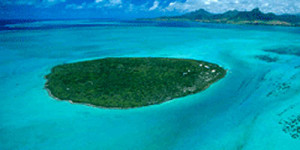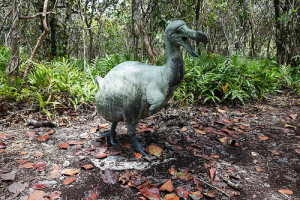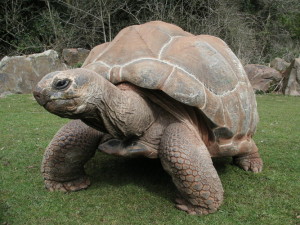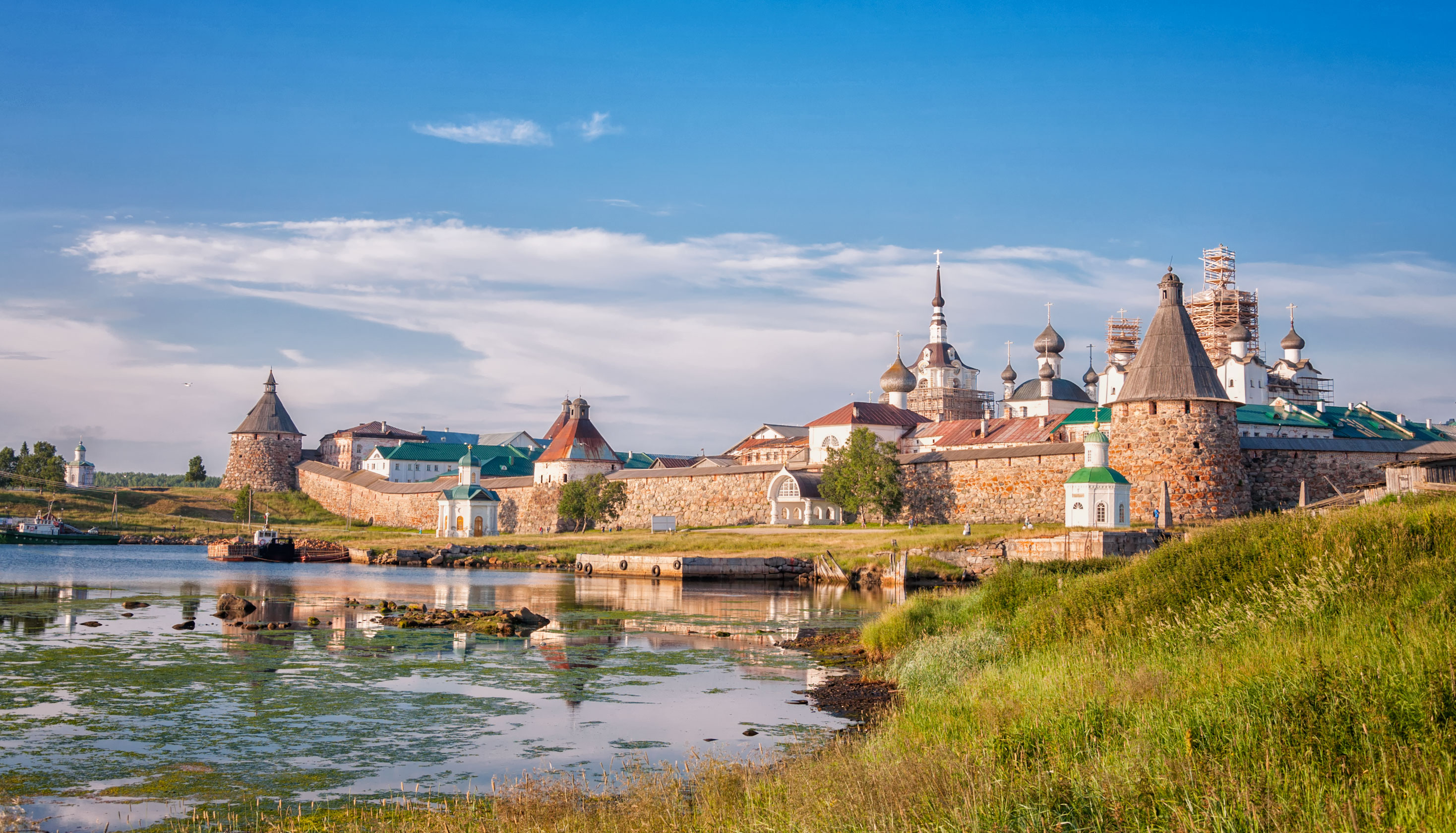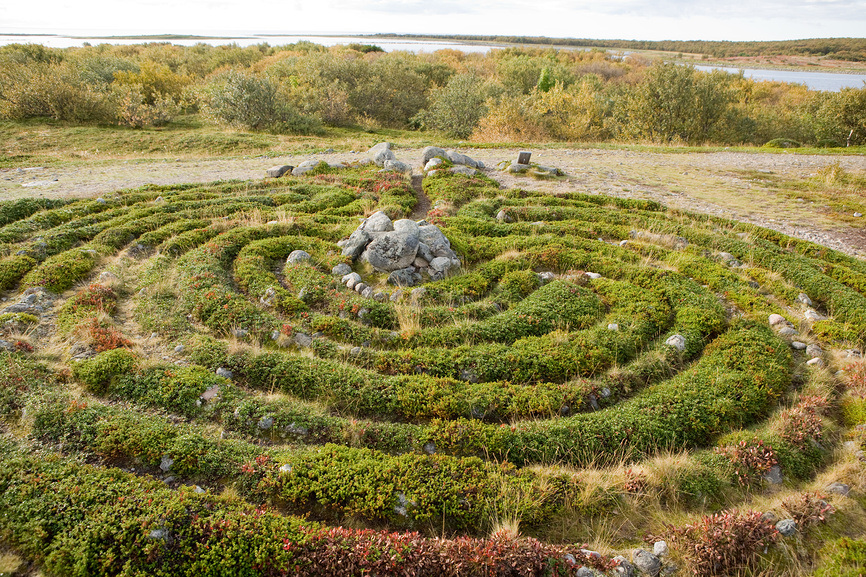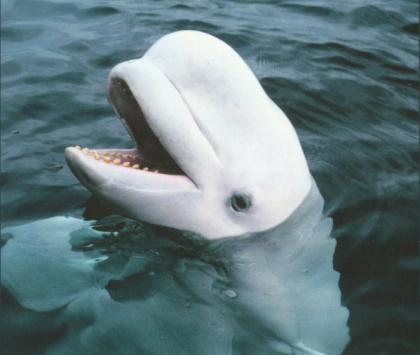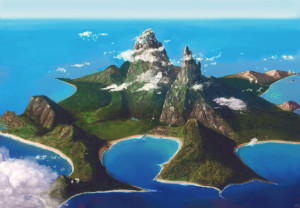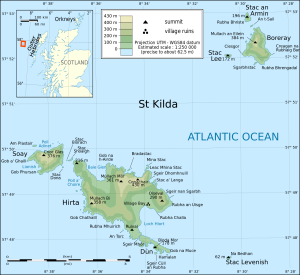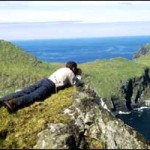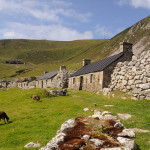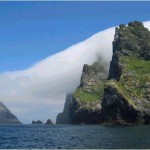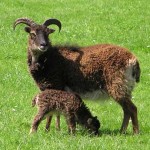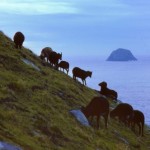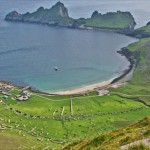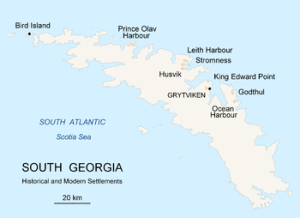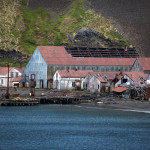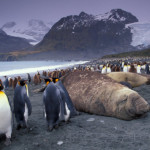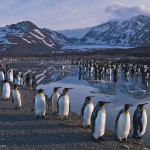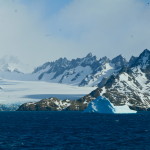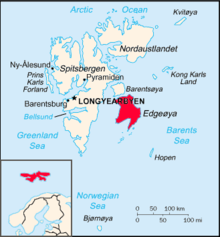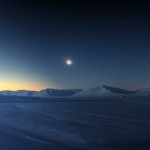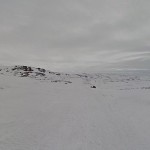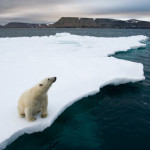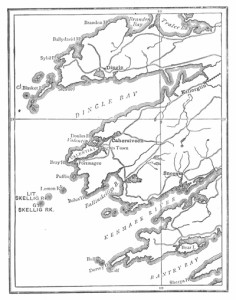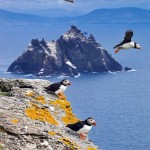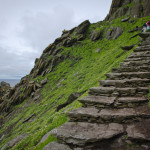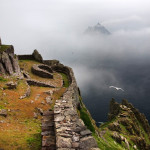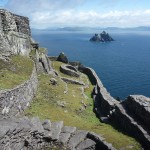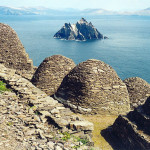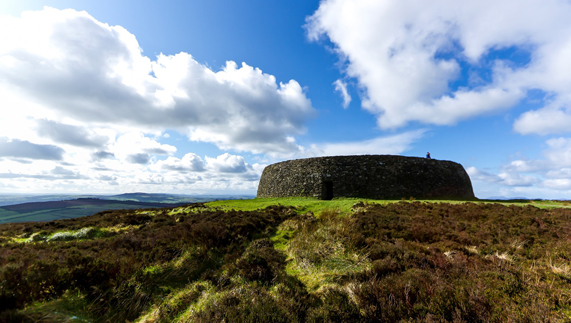The island of Great Skellig, or Skellig Micheal, is an island off the coast of County Kerry, Ireland. The island is best known for its 7th century Christian monastery that is on the cliff of the island. The monastery helped show the early monastic ideals of living in a harsh life for Christ. In the 12th century a chapel was built on the island but was damaged greatly and is mostly in ruins island was abandoned, for reasons unknown, but it was believed that colder temperatures and more resilient storms resulted the monks to be moved to Ballinskelligs, on mainland in county Kerry. After they left the Order of Saint Augustine kept control of the island, in 1578 until Queen Elizabeth I, a protestant, gave control of the land the monks were living on to the Butler family, the butler dynasty is famous for fighting against the Irish in the Norman Invasion of Ireland. The Butler family kept control until the 1820’s, when the Corporation for Preserving and Improving the Port of Dublin bought the land from the family. Then the office of public works bought the island, excluding the lighthouses built by the Corporation for Preserving and Improving the Port of Dublin.
The island is also protected by the UNESCO World Heritage Site. No one is allowed to live on the island so that the monastery and the birds that live on the island are not affected by human influence. However every year thirteen boats are allowed to give tours around the island and on the island but only in late spring to early fall, because of the weather. This has changed slightly, in 2014 the Irish Government allowed the filming of Star Wars Episode VII: The Force Awakens, to be done on the island. So is the filming of a film were people fight with swords that light up, giant star ships, and countless men in shiny white suits that run around with fake laser guns more important than the environment….
Their are also many birds that are protected on the island, some include black-tipped gannets which also breeds on the islands but mostly on little Skellig. Little Skellig is home of one of the worlds greatest gannetries, 27,000 pairs are believed to be on the island, people believe that because of the huge amounts of birds, the monks ,that originally were on the island, were able to harvest sea bird eggs. The birds were also collected by plundering parties in the 19th century and the owner of the little Skellig, the Butler family, hired guards to protect the birds. Another bird on the island was the puffin, similar to the gannet they too were plundered for their feathers, and meat but they lived on Great Skellig. Their are also razorbills, guillemots and most notable is the Manx shearwaters, and storm petrels, it is possibly that their population is largest in the world. Durning the summer months in the daytime the birds dominate the island, on all the cliffs you’ll see at least one of the types of birds that live on the island. During the night the birds return to there nests by the sound of their mates call. Some other animals that were introduced to the island were the rabbits, unknown date, and the fulmars did not arrive until 1913.
Razorbill ^ Guillemots^
Manx shearwaters ^ storm petrels ^
There are also many myths and legends that surround the islands it is believed that it was on Great Skellig were Saint Michael the Archangel and the Heavenly Host came to Saint Patrick and helped him drive the snakes out of Ireland. It also said that Great Skellig is were the King of the World, Duagh, rested before his battle of a year and a day against Finn MacCool at Ventry.
- Dean Gandley and Barbara Feng

